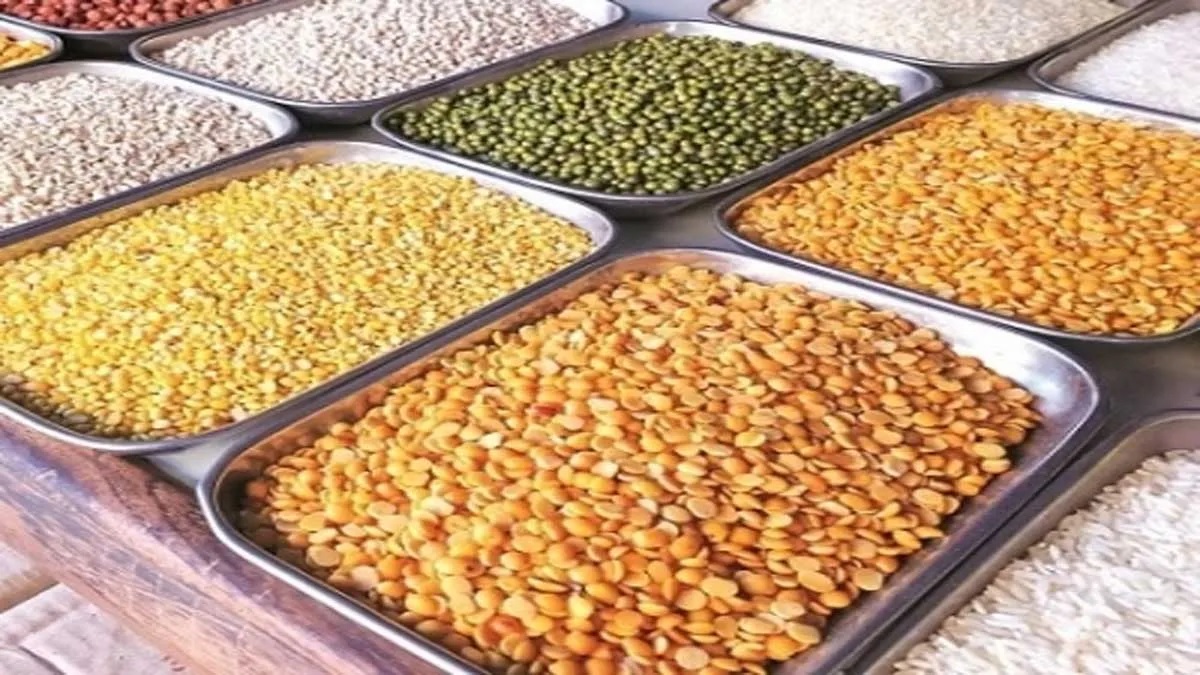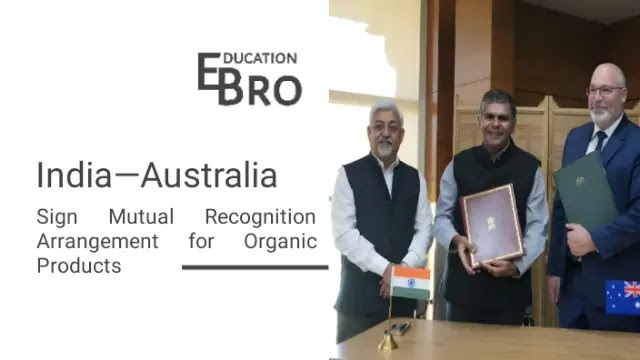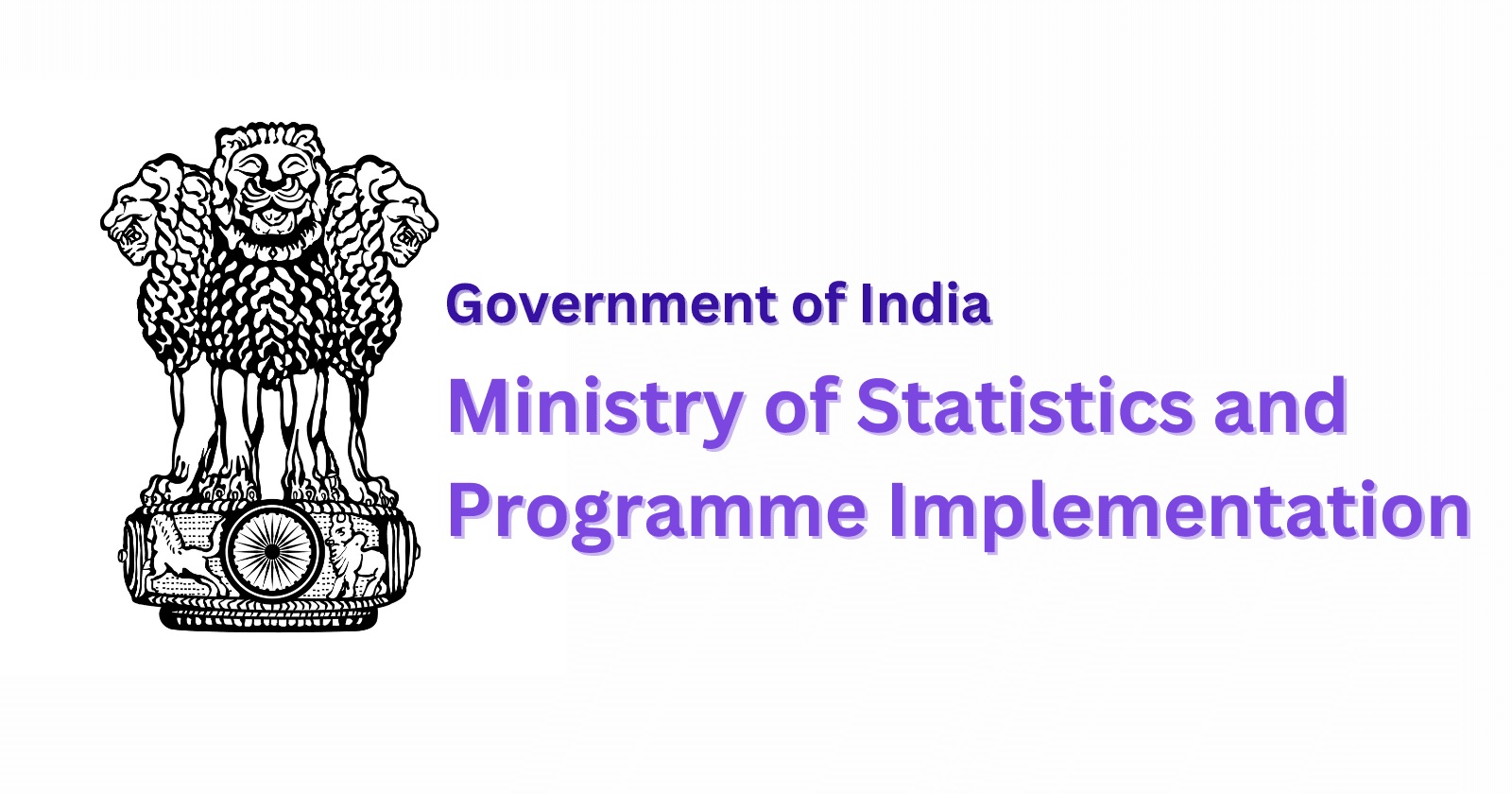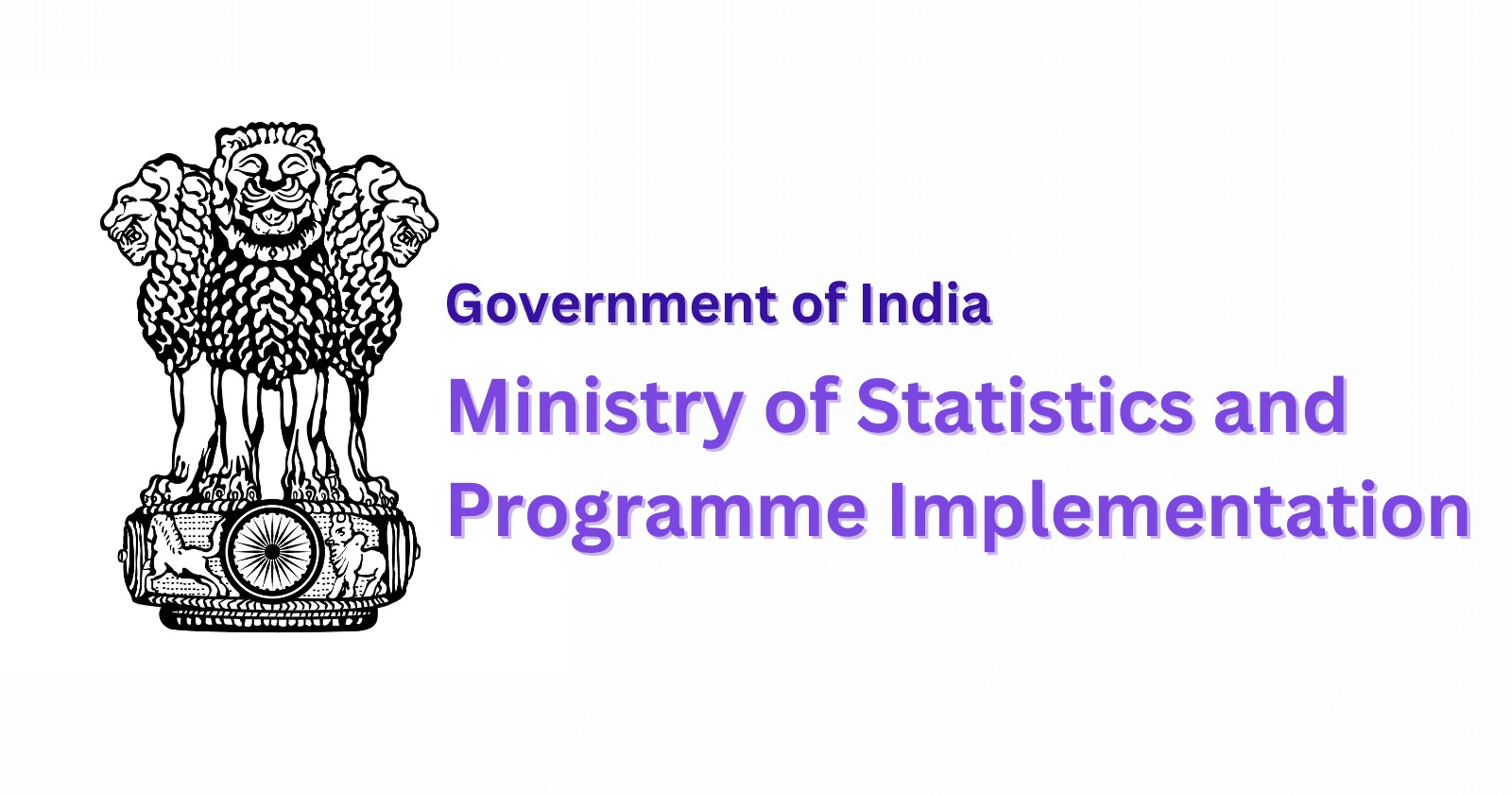Union Cabinet recently approved the “Mission for
Aatmanirbharta in Pulses”, a landmark initiative aimed at boosting domestic
production and achieving self-sufficiency (Aatmanirbharta) in pulses.
Key Features of the Mission
¨
Time-Period &
Financial Outlay: The Mission will be implemented over a six-year period, from
2025-26 to 2030-31, with a financial outlay of ₹11,440 crore.
Expansion of Production and
Area
¨
The Mission aims to
increase pulses production to 350 lakh tonnes by 2030-31, up from 242 lakh
tonnes in 2023-24.
¨
Cultivation area will be
expanded to 310 lakh hectares (from 242 lakh hectares), with productivity
targeted at 1,130 kg/ha (from 881 kg/ha).
¨
The mission will
particularly focus on increasing production of tur, urad and masur.
Assured Procurement and
Price Support
¨
Procurement of tur, urad
and masur will be assured under the Price Support Scheme (PSS) of PM-AASHA.
¨
National Agricultural
Cooperative Marketing Federation of India Ltd. (Nafed) and National Cooperative
Consumers’ Federation of India Ltd (NCCF) will undertake 100% procurement in
participating states for four years, from farmers who register and enter into
agreements.
¨
A system will be set up
to monitor global pulse prices to ensure price stability and farmer confidence.
Value Chain Strengthening
and Farmer Support
¨
The mission will
strengthen the entire value chain, including procurement, storage, processing
and reducing post-harvest losses.
¨
Capacity building of
farmers and seed growers will be promoted through training on sustainable
practices and modern technologies.
Implementation Strategy
¨
Cluster-Based
Implementation: The mission will be executed through a cluster-based approach
covering 416 focused districts.
Seed Production and
Distribution
¨
The government will
distribute 126 lakh quintals of certified seeds to cover 370 lakh hectares by
2030-31.
¨
Five-year rolling seed
production plans will be prepared by states, with ICAR supervising breeder seed
production.
¨
Foundation and certified
seed production will be managed by central and state agencies, tracked through
the Seed Authentication, Traceability & Holistic Inventory (SATHI)
portal.
¨
To promote area
expansion, 88 lakh seed kits will be provided free of cost to farmers, to bring
an additional 35 lakh hectares by targeting rice fallow areas and other
diversifiable lands, supported by promoting intercropping and crop
diversification.
¨
Processing and Value
Addition: Around 1,000 new processing and packaging units will be set up to
reduce crop losses, improve value addition, and increase farmer incomes. A
maximum subsidy of ₹25 lakh will be available for setting up of processing,
packaging units.
Significance of the Mission
¨
Reduces Import
Dependency: By enhancing domestic production, the mission aims to make India
self-reliant in pulses, reducing import dependence and saving valuable foreign
exchange outflow.
¨
Enhances Nutritional
Security: Increased pulse availability will make protein-rich food more
affordable, improving dietary diversity and addressing malnutrition challenges
across vulnerable populations.
¨
Boosts to Farmer Income:
Through assured procurement, price support, and value addition, the mission is
expected to enhance farmers’ profitability and generate rural livelihood
opportunities.
¨
Promotes
Climate-Resilient Agriculture: The focus on high-yielding, pest-resistant, and
climate-resilient pulse varieties, along with better seed systems and
intercropping models, will improve soil fertility and water-use efficiency.




